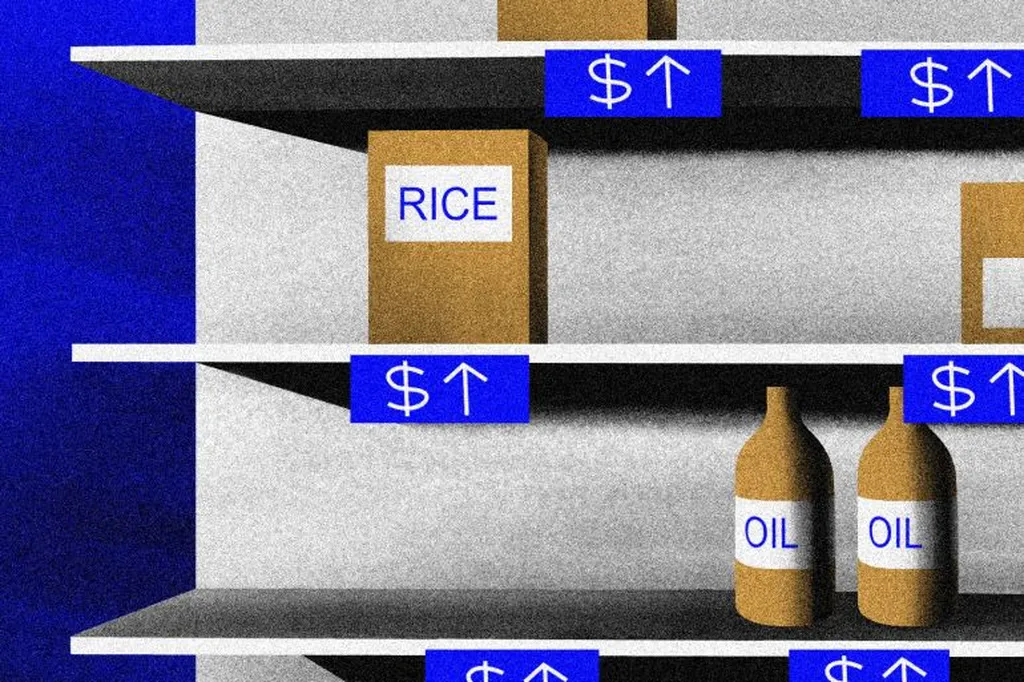In recent weeks, global oilseeds markets have experienced significant shifts, driven by a combination of geopolitical tensions and policy changes. The US and Canadian oilseeds harvests have weighed on world market prices, while geopolitical factors have further complicated the landscape. China’s response to US tariffs has halted US soybean exports to the Asian giant, and a similar scenario has unfolded with Canada, where China’s displeasure over a tariff on electric cars has led to a suspension of rapeseed imports. Additionally, Ukraine’s introduction of a 10% export tax on rapeseed and soybeans has slowed shipments, with exporters adjusting prices in anticipation of the new duty.
The International Grains Council (IGC) reported that average global export prices were marginally firmer over the month, with gains in FOB quotations in the US and Brazil. The IGC noted a rise in Chicago soybean futures, attributed to concerns about suboptimal weather impacting Midwest yield potential. Despite soft international demand due to the absence of Chinese processors, US Gulf FOB prices increased by 1% to $409. Meanwhile, the Brazilian market benefited from solid export interest, particularly from China, with demand from local crushers tied to increased biofuels use of soy oil. Brazilian export values rose by 1% year-on-year to $448.
On the rapeseed front, ICE canola futures in Canada declined by 3% month-on-month, pressured by the advancing harvest, improving production prospects, and underlying worries over Chinese demand. FOB values in Vancouver fell by $23 to $479. The United Nations Food and Agriculture Organization (FAO) reported that global vegetable oil prices in August were 1.4% higher than in July, driven by higher quotations for palm, sunflower, and rapeseed oils. Palm oil prices rose for the third consecutive month, underpinned by robust global import demand and Indonesia’s intention to raise its biodiesel blending mandate in 2026. Sunflower and rapeseed oil prices increased due to tightening supplies in the Black Sea region and Europe.
For agritech and investors, these developments present both challenges and opportunities. The slowdown in US soybean export sales due to international competition highlights the need for innovative solutions to enhance productivity and competitiveness. Agritech companies focusing on precision agriculture, weather forecasting, and supply chain optimization could play a crucial role in helping farmers adapt to changing market dynamics. Additionally, the shift in China’s rapeseed imports towards other countries like Russia and India opens avenues for agritech investments in these regions, particularly in areas such as seed technology and sustainable farming practices.
Investors should closely monitor the evolving geopolitical landscape and policy changes that could impact global oilseeds markets. Diversification strategies and investments in agritech innovations that improve yield potential and reduce production costs could mitigate risks and capitalize on emerging opportunities. As the global demand for vegetable oils continues to grow, driven by factors such as biofuels use and dietary shifts, agritech solutions that enhance efficiency and sustainability will be increasingly valuable.

